Is This The Best Single Season In The History Of Professional Golf?
Byron Nelson enjoyed phenomenal success in a relatively brief career. In the 1930s and 40s, he won 50 tournaments, including an unprecedented year in 1945
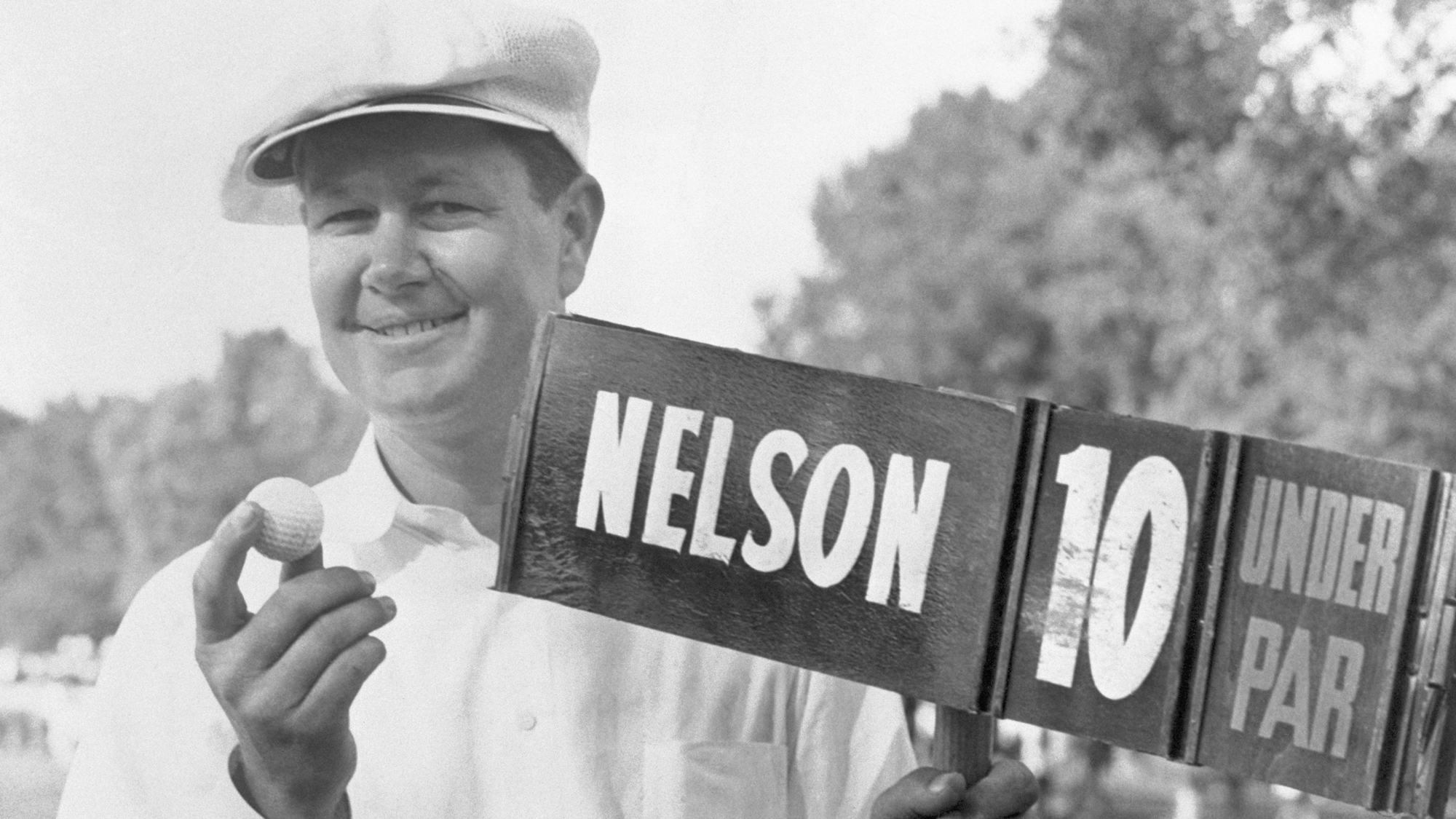

Byron Nelson is a name not everyone will be familiar with – even despite a PGA Tour event carrying his name – but he was the first man to win 50 PGA Tour events. He won an incredible 11 straight tournaments in 1945 and 18 in total that year, including the US PGA Championship. That has never been done before and it seems certain to never happen again.
His swing was so powerful and metronomic that the USGA named a machine after him – Iron Byron. He was one of the greatest golfers of all time but retired from full-time competitive play aged 34 to become a rancher. This is the story of “Iron Byron” Nelson.
The year 1912 would turn out to be extremely significant in the context of professional golf. Within the space of six months, three men who would go on to become golfing legends were born: Byron Nelson, Sam Snead and Ben Hogan. The trio would dominate golf in the middle part of the 20th century.
Nelson's early years were spent on the family cotton farm, helping in the fields. The boll weevil devastated Texas cotton crops for the first two decades of the 20th century and Byron’s father was forced to move the family to find work elsewhere. For a number of years, the Nelson family battled poverty and illness. An uncle died of TB and Byron was exposed to rabies and had to spend almost a month in hospital.
On his return he had a high temperature and it turned out he had contracted typhoid fever. He lost almost half his body weight and very nearly died.
“The fact I survived left me with a strong sense of gratitude,” he said later. “I was happy to have got my life back.”
An introduction to golf
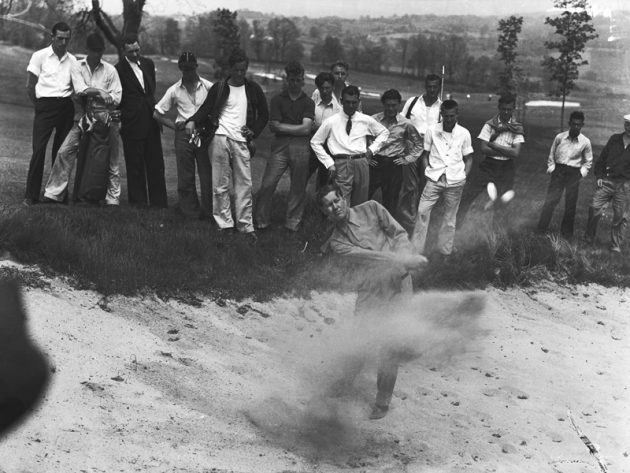
Byron got some work aged 12 caddying at nearby Glen Garden – not an easy thing to do at the time as a large number of other local lads, including Ben Hogan, had the same objective. But Nelson’s dedication and strict adherence to the club rules quickly stood him apart from many of the other youths and he became a popular caddy.
Get the Golf Monthly Newsletter
Subscribe to the Golf Monthly newsletter to stay up to date with all the latest tour news, equipment news, reviews, head-to-heads and buyer’s guides from our team of experienced experts.
That meant he was afforded the odd opportunity to play a little golf himself and within a couple of years, the young Nelson, now nearly six feet tall and thin as a rake, was displaying significant aptitude for the game. He was given membership of Glen Garden in 1928 and began playing matches against other local clubs, during these he met the likes of Ralph Guldahl and brothers Ray and Lloyd Mangrum. Also competing against Ben Hogan, Nelson was in a pool of hugely talented players, but he didn’t turn professional immediately.
By contrast, Hogan first played for money aged 17. Byron left it a few years. It wasn’t until Nelson lost a job with a Fort Worth bankers magazine that he decided to try his luck playing golf for money. He paid his entry fee to the 1932 Texarcana Open and finished third, picking up $75.
That was enough to encourage Nelson that professional golf could hold a future for him. At that time, steel shafts had newly arrived and they were altering the way players approached the game.
With less flex, the steel shaft allowed for a more dynamic and powerful swing and Nelson was determined to perfect it. With assistance from the legendary instructor Harvey Penick, he began to enjoy some success. Through 1934 and early 1935, Nelson’s tournament results were sufficiently notable to earn him an invitation to Bobby Jones’ fledgling tournament in Augusta, Georgia.
It was only the second time the competition had been held and it was Gene Sarazen who ran out the winner, following his “shot heard around the world.” Nelson finished a creditable ninth.
A change of swing
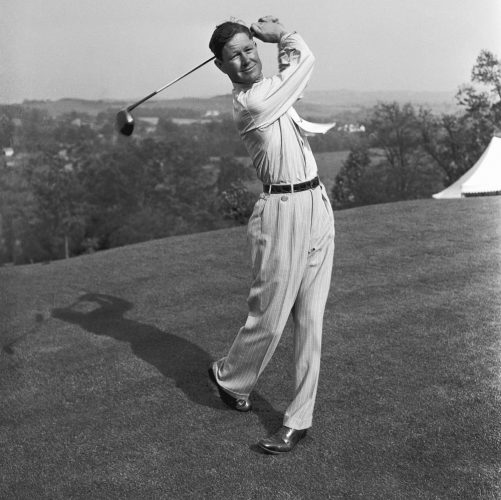
But his game wasn’t complete at that stage and he had a particular problem with an errant driver. He resolved to work diligently on his swing to create a reliable and repeatable method. He studied the swings of the great players and practised tirelessly. The efforts would pay off.
Nelson created a more upright action that is often seen as the benchmark for the modern golf swing. His long game became incredibly reliable and predictable and formed the basis of his success. When the USGA developed a machine for testing equipment, they called it “Iron Byron.”
In 1937, Nelson won the Masters, opening with a superb first round of 66. In that round, Nelson demonstrated golf’s future. His was a power game, enabled by the new steel shafts and the swing they facilitated. Nelson hit every green in regulation that day, plus each of the par-5s in two blows. It ushered in a new era of golf and his 66 remained a record first round score at Augusta until Ray Floyd fired 65.
Nelson played his first Ryder Cup in 1937 but the remainder of the year and 1938 were relatively quiet for “Lord Byron,” as he had become known after his Augusta triumph.
The war years
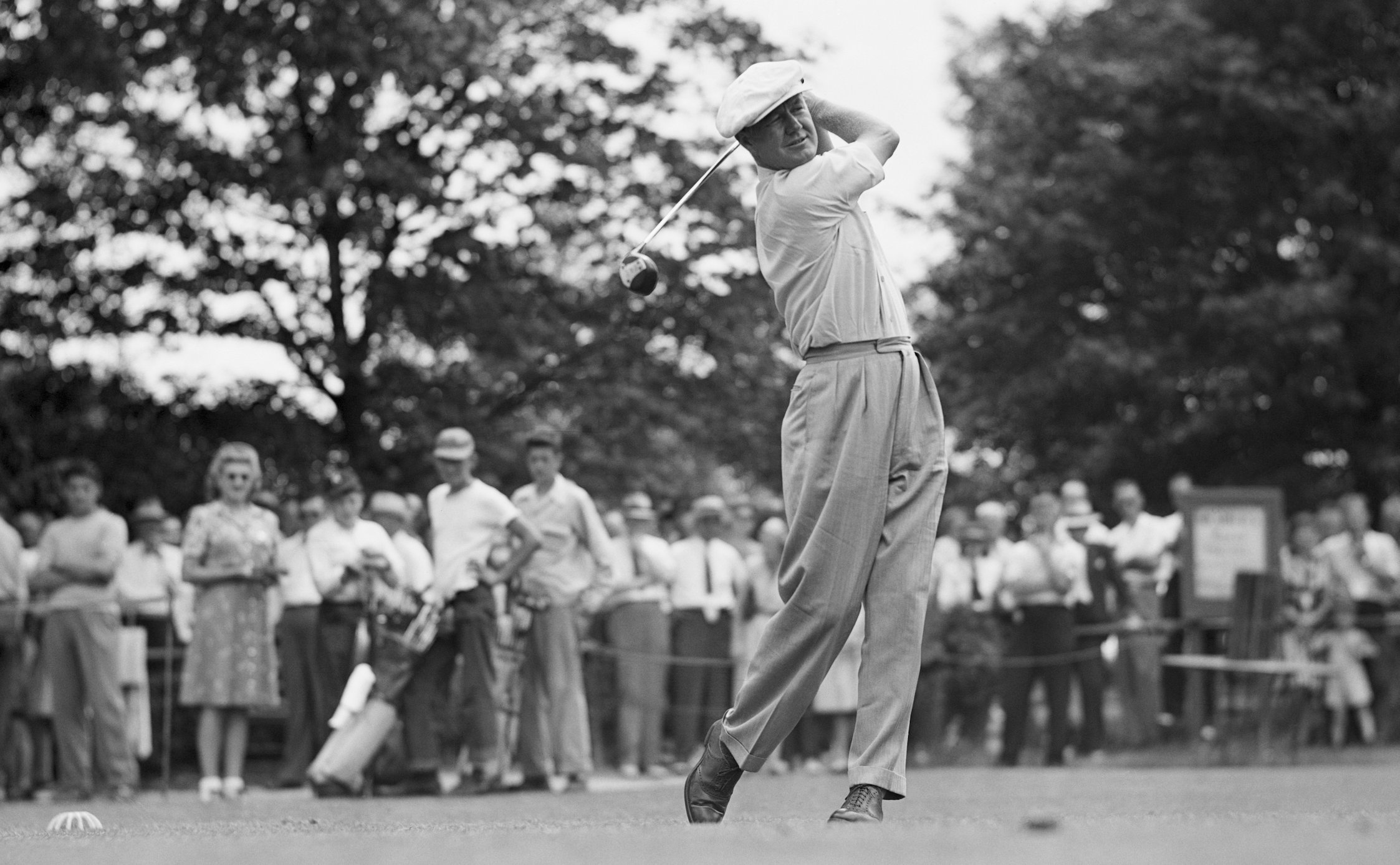
In 1939, Nelson enjoyed a stellar year in which he captured the US Open, the Western Open plus the Phoenix and North and South Opens. He had started to hit the ball unerringly straight and his short game was dramatically improved. He ended that year with a scoring average of 70.02.
Although 1939 may have been a triumphant year for Nelson, it also marked the start of the Second World War and a period of uncertainty for sport in general. The British PGA wrote to their American counterparts informing them the Ryder Cup would be postponed indefinitely. The Open Championship would not be held again until 1946.
But life went on in the US, despite the fears of what was happening in Europe. Nelson won three times in 1940, including a first PGA Championship. In 1941, he took three more titles. The USA entered the War in December 1941 following the Japanese attack on Pearl Harbour.
But there remained a reasonable PGA Tour schedule through 1942, with 21 tournaments held. A highlight was the ninth Masters Tournament, in which Nelson ended 72 holes tied on eight-under-par with his great rival Ben Hogan. In the 18-hole playoff the following day, Nelson started with a double-bogey but played the remaining 17 holes in five-under to beat “The Hawk” by a stroke.
In 1943, the PGA ran only a skeleton schedule as so many of the top players had enlisted by that stage. Nelson was turned down for military service owing to a, previously undiagnosed, blood-clotting condition. This was probably wrongly referred to by some in the press as haemophilia. Even if it wasn’t, it did make Nelson’s blood four times slower to clot than normal.
Instead of active service, Nelson was asked to contribute by participating in a series of exhibition matches to raise money for the Red Cross and USO. He played in over 100 of these between 1942 and 1944, raising thousands and entertaining the troops, often appearing with Bing Crosby and Bob Hope.
The Streak
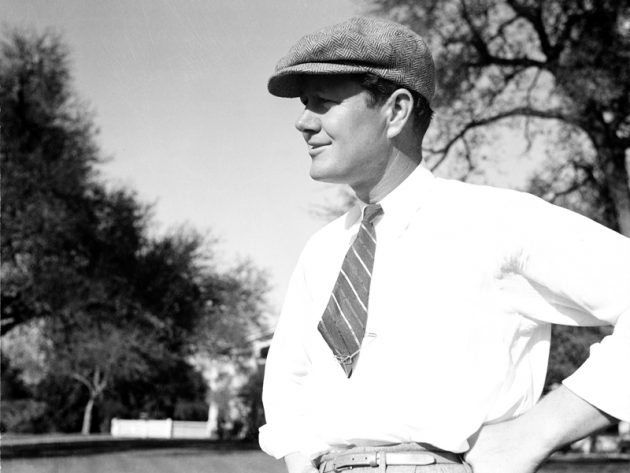
Despite the War, the PGA managed to put on 23 events in 1944. Byron recorded an amazing 10 victories, but it was just a taster of what was to come the following year.
In 1945 "Lord Byron" went on one of the most incredible runs in sporting history. The tide of the war had turned both in Europe and Asia and the PGA boldly announced a schedule containing 36 events. Sam Snead had returned from service and Ben Hogan was back mid-way through the season. Many of the other top players were also returned to the circuit.
The belief that Byron Nelson faced limited competition in his historic year is a false one. Snead won the first event of 1945 – the LA Open– but from then it was all Nelson. He won in Phoenix and then won again in the Corpus Christi Open, in New Orleans, in Miami, in Charlotte...
At the time, there weren’t enough superlatives to describe his play – “Mr Golf,” “Golf’s Automaton…” said the press. Even Byron himself could scarcely believe the level he was playing at.
“My swing was so familiar to me that I rarely had to make an adjustment,” he said.
Little known to onlookers was that Byron had a good reason for pushing so hard through 1945 – He was trying to earn enough money to buy a ranch and retire from professional golf. He was only 33 but he saw a different future for himself, away from the endless circuit and circus of pro golf.
It wasn’t until well into the season that Byron’s wife Louise revealed this ambition to reporters. Byron went on to win 11 straight tournaments in that incredible run in 1945. It’s a feat that will surely never be repeated.
In total, he won 18 events through 1945, set a remarkable scoring average of 68.33 (only bettered by Tiger Woods in 2000), he finished second a further seven times and he earned an unprecedented $63,000 in prize money alone.
Despite his announced intention to retire to a life of ranching, Nelson did compete in 1946 and with some success. In fact, he won six times. But he was disappointed not to win a Major title – He missed out at the first Masters since 1942, and lost in a playoff for the US Open. He was tired of golf and wanted out.
After finishing seventh in his defence of the Fort Worth Open, he went on a hunting trip before packing up his golf clubs and sending them back to Macgregor.
“I told them to keep them until I asked for them, which was going to be a long time. That way, if someone asked me to play, I could just tell them I didn’t have my clubs and that would get me off the hook.”
Life In Retirement
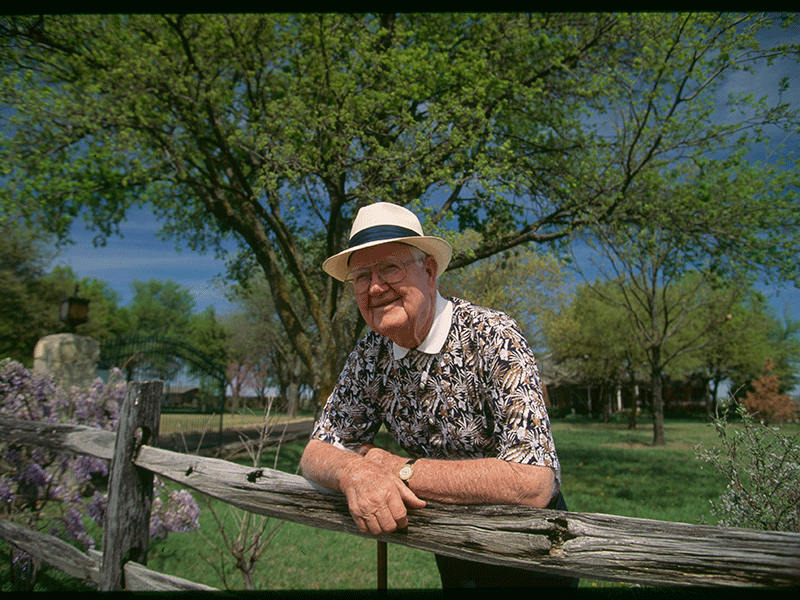
Byron Nelson photographed in 1995
Earlier in the year, Nelson had paid $55,000 for 630 acres of ranch land at Roanoke, Texas, where he lived until his death in 2006.
He played occasionally after his retirement at the age of 34 and it was testament to his incredible ability that he could do so rather well, without being match-sharp. He finished second in the 1947 Masters and won the 1951 Bing Crosby pro-am – having not played a tournament for years.
In 1955, the Nelsons took a holiday to France. A 43-year-old Byron entered the French Open at La Boulie while Louise went on a sight-seeing tour and won it – he was the first American to take the title since Walter Hagen in 1920.
Byron Nelson continued to have an involvement in golf, as a commentator and mentor to the likes of Tom Watson and Payne Stewart, but he never regretted stepping out of the limelight in his prime.
"I look back now and realize how young I was when I quit," he said. “But still with no regrets. I felt I had no more worlds to conquer. When I bought the ranch, I really loved it. I felt free, a different type of freedom and I loved it.”
He only won five Majors, as we recognise them, but this figure could surely have been higher if, for a start, he hadn’t retired at an age most golfers are coming into their prime, secondly if it hadn’t been the case that during the War Years, Nelson missed out on a total of 14 Major Championships that were not held; and thirdly that he only once played in The Open Championship.
Byron Nelson’s legacy is as one of sport’s greatest winners, who could have gone on to win so much more but felt content with what he had achieved. He was humble in victory and gallant in defeat. He was clearly someone with the ability to put golf in perspective and to see the importance of a full and varied life.
From a playing perspective, his machine-like swing – that he worked so diligently to create – formed the basis of the modern game and his approach to golf inspired his near contemporaries as well as future generations.
“Iron Byron” or “Lord Byron” was inducted into the World Golf Hall of Fame in 1974 and he died in 2006 at the age of 94. In the history of professional golf, no player has enjoyed such success in such a short spell as golf’s winning machine, Byron Nelson.

Fergus is Golf Monthly's resident expert on the history of the game and has written extensively on that subject. He has also worked with Golf Monthly to produce a podcast series. Called 18 Majors: The Golf History Show it offers new and in-depth perspectives on some of the most important moments in golf's long history. You can find all the details about it here.
He is a golf obsessive and 1-handicapper. Growing up in the North East of Scotland, golf runs through his veins and his passion for the sport was bolstered during his time at St Andrews university studying history. He went on to earn a post graduate diploma from the London School of Journalism. Fergus has worked for Golf Monthly since 2004 and has written two books on the game; "Great Golf Debates" together with Jezz Ellwood of Golf Monthly and the history section of "The Ultimate Golf Book" together with Neil Tappin , also of Golf Monthly.
Fergus once shanked a ball from just over Granny Clark's Wynd on the 18th of the Old Course that struck the St Andrews Golf Club and rebounded into the Valley of Sin, from where he saved par. Who says there's no golfing god?
-
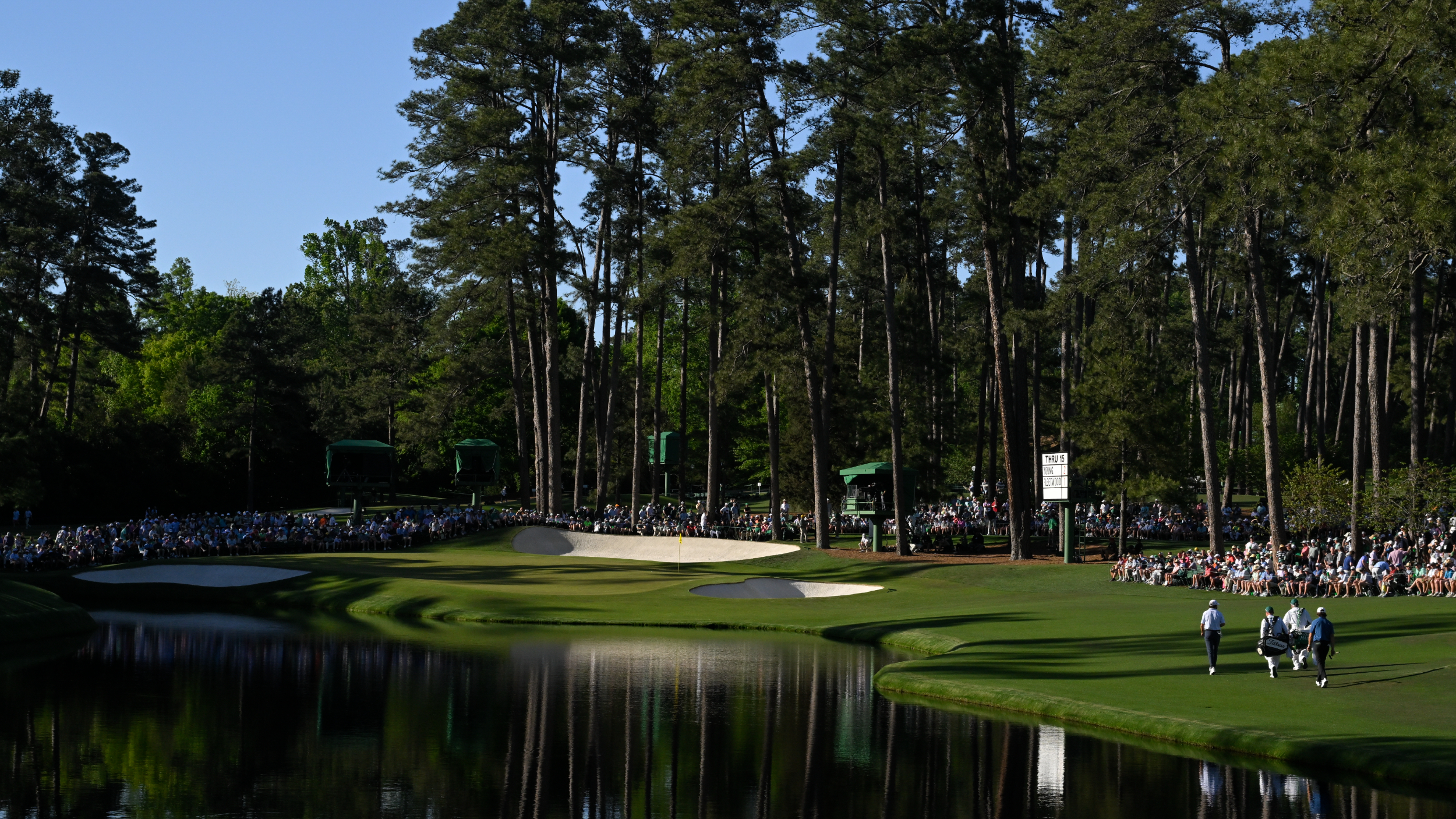 Why The 16th Pin Has Been Moved From Its Traditional Spot For The Masters Final Round
Why The 16th Pin Has Been Moved From Its Traditional Spot For The Masters Final RoundThe 16th pin at Augusta National is in an different position that normal for the final round of The Masters, but why is that?
By Mike Hall Published
-
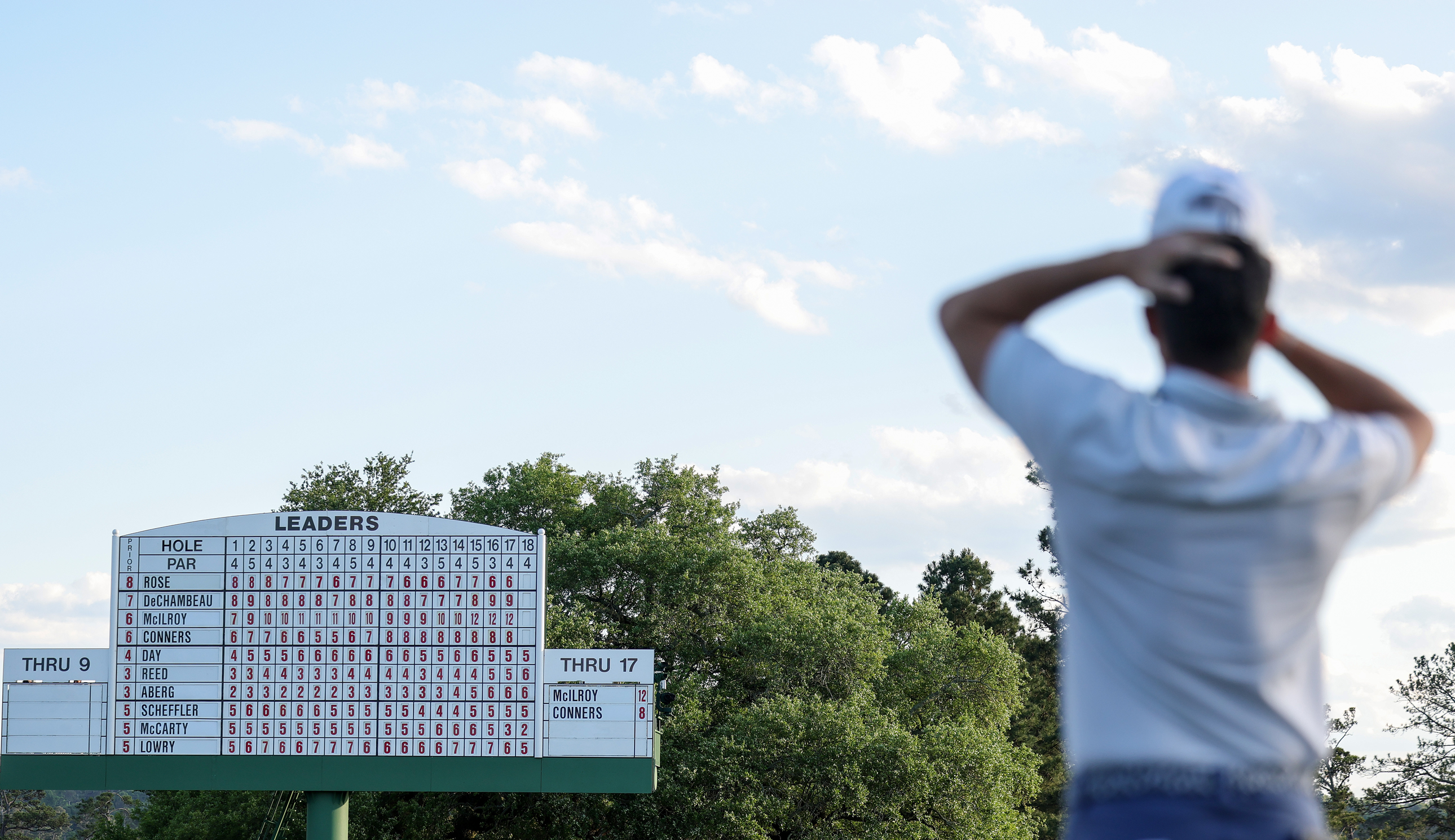 Seve Ballesteros And Brooks Koepka Among The Big Names That Rory McIlroy Would Join As A Five-Time Major Winner With A Masters Victory
Seve Ballesteros And Brooks Koepka Among The Big Names That Rory McIlroy Would Join As A Five-Time Major Winner With A Masters VictoryRory McIlroy leads The Masters going in to the final round and, if he were to win, he would join an illustrious list of five-time Major winners
By Matt Cradock Published
-
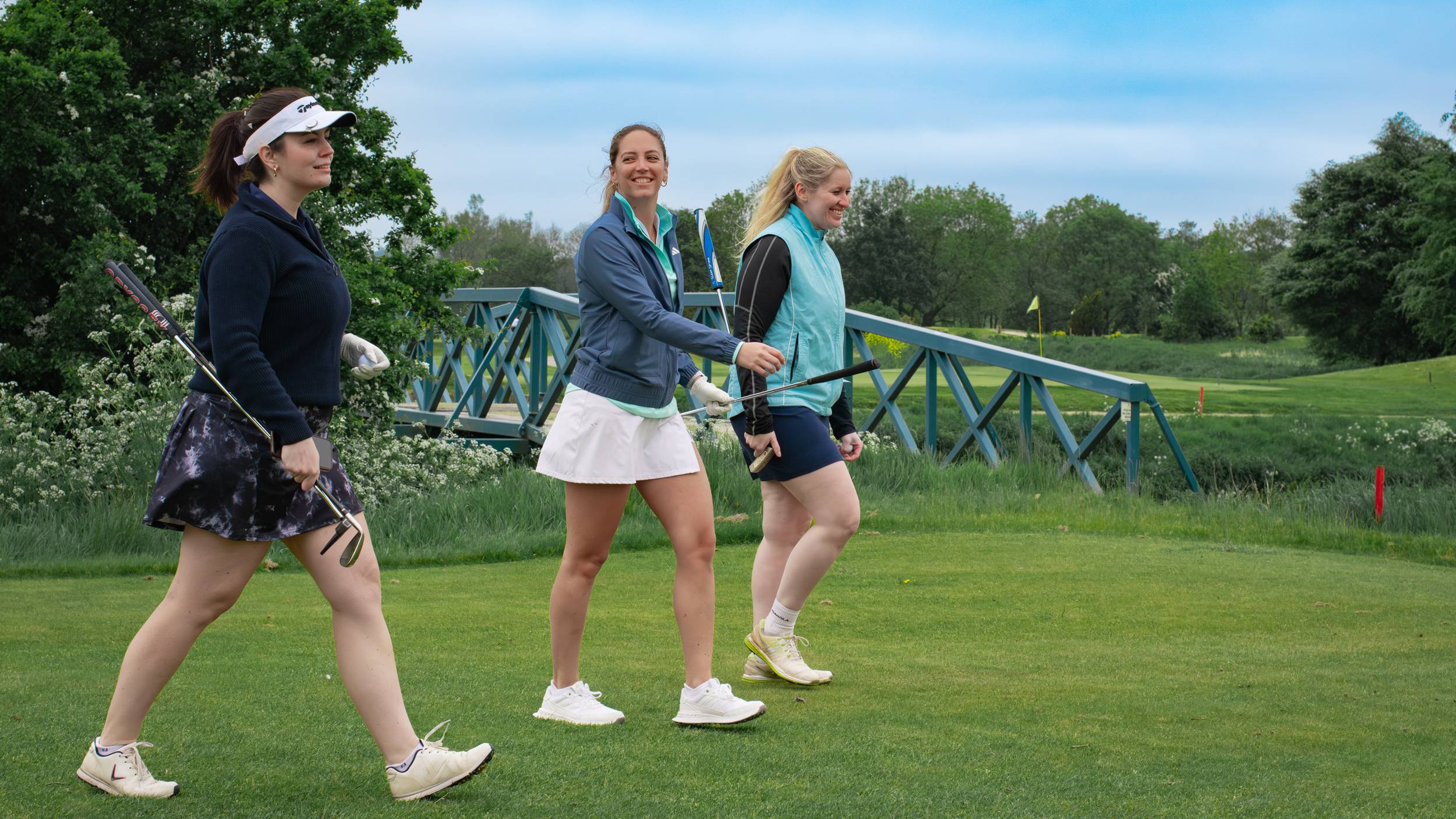 ‘I Want To Play Golf, But…’ - The Women Redefining Golf On Their Own Terms
‘I Want To Play Golf, But…’ - The Women Redefining Golf On Their Own TermsTo coincide with #AccelerateAction, the theme for International Women's Day, we highlight the way female golfers are driving change
By Alison Root Published
-
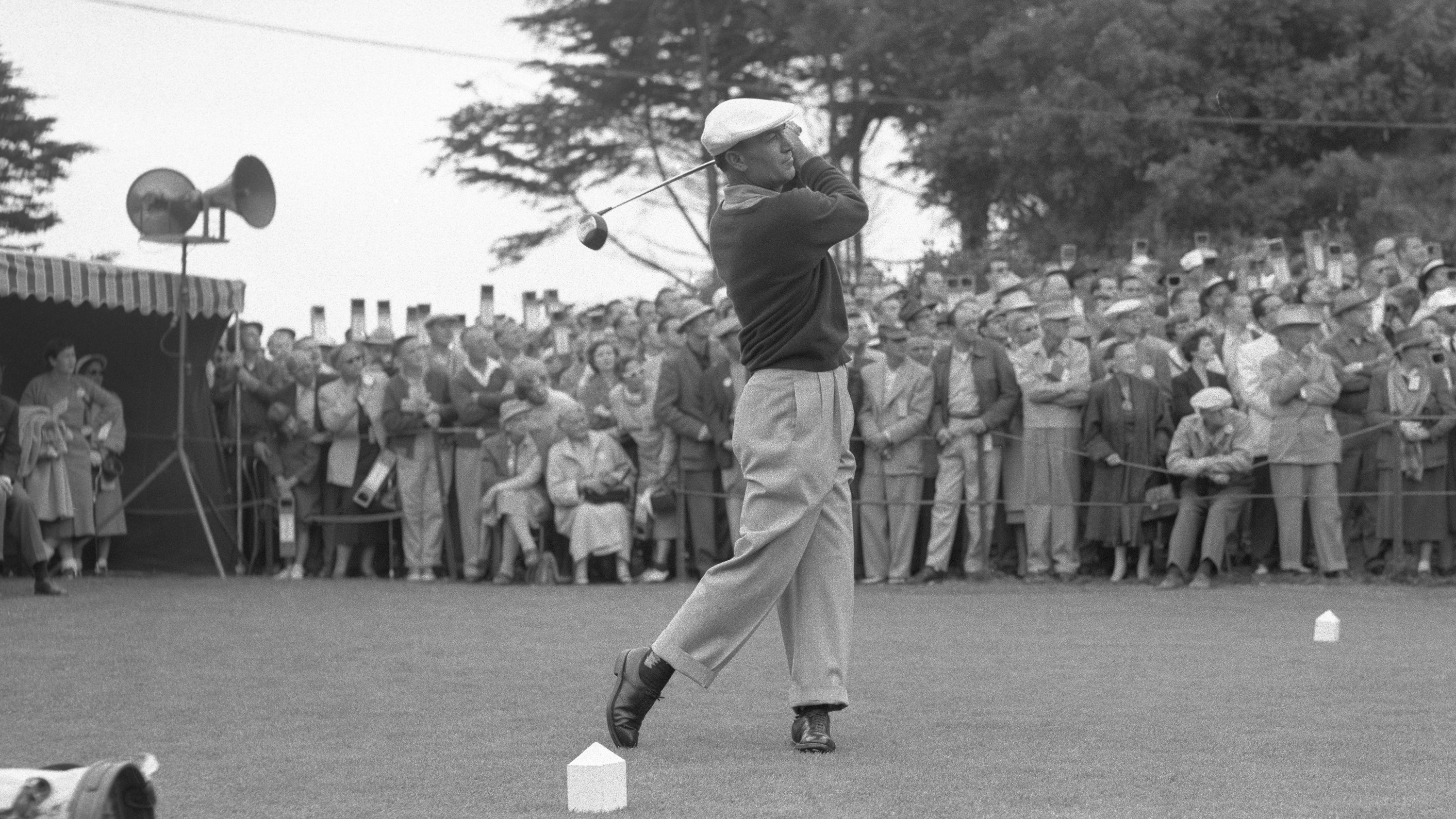 Quiz! How Much Do You Know About Ben Hogan?
Quiz! How Much Do You Know About Ben Hogan?Ben Hogan was one of the greatest golfers in the history of the game. He was a brilliant swinger of the club and is an icon of the sport. How much do you know about him? Test yourself here…
By Fergus Bisset Published
-
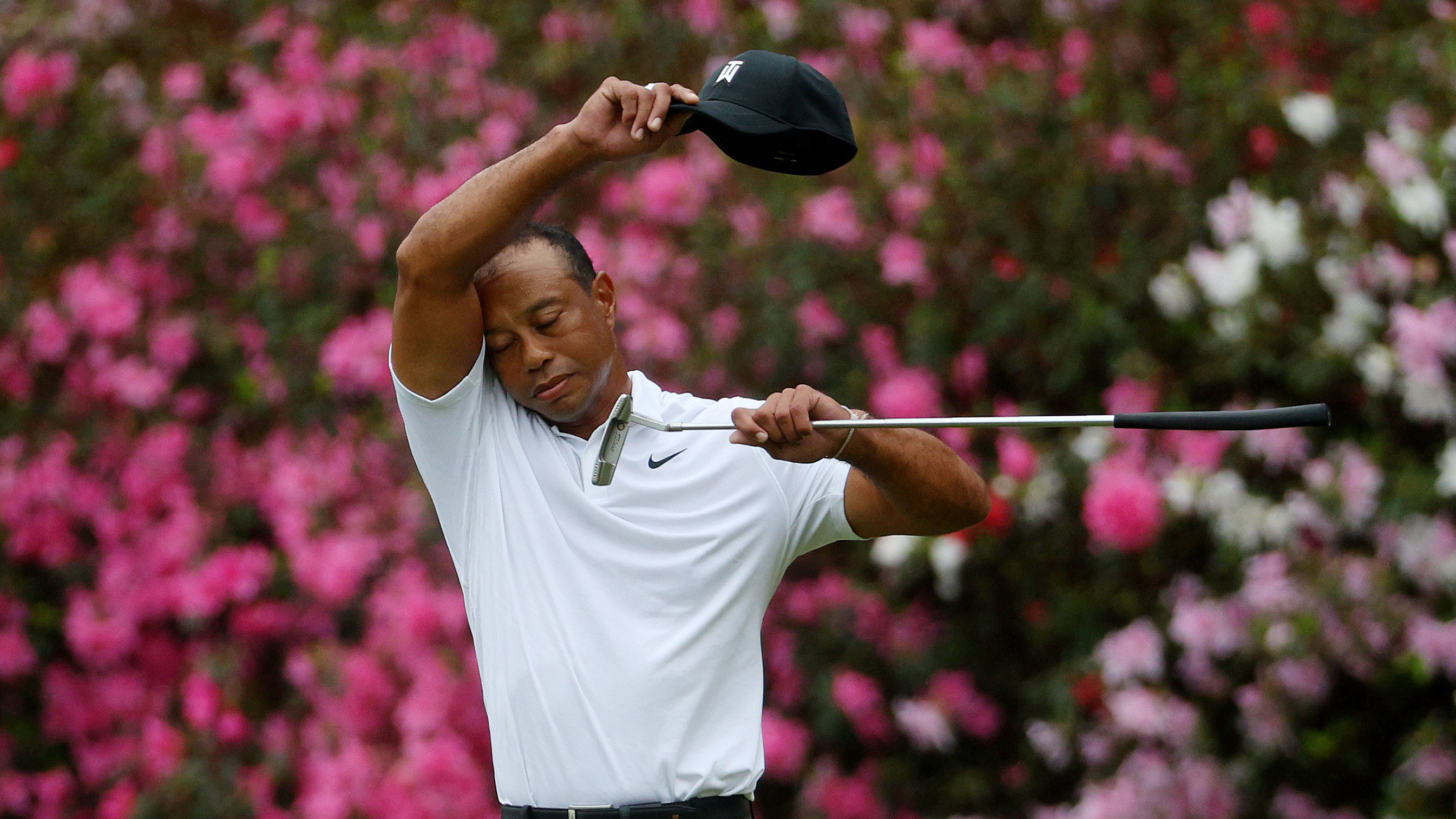 'He Nearly Fresh Aired It. It Came Off The Heel And Almost Hit His Foot' – Legendary Caddie Recalls The Worst Shots He's Ever Seen Tiger Woods Hit
'He Nearly Fresh Aired It. It Came Off The Heel And Almost Hit His Foot' – Legendary Caddie Recalls The Worst Shots He's Ever Seen Tiger Woods HitThe 19th Uncut podcast co-host and legendary caddie Billy Foster looks back on two shots that Tiger Woods will want to forget..
By Mark Townsend Published
-
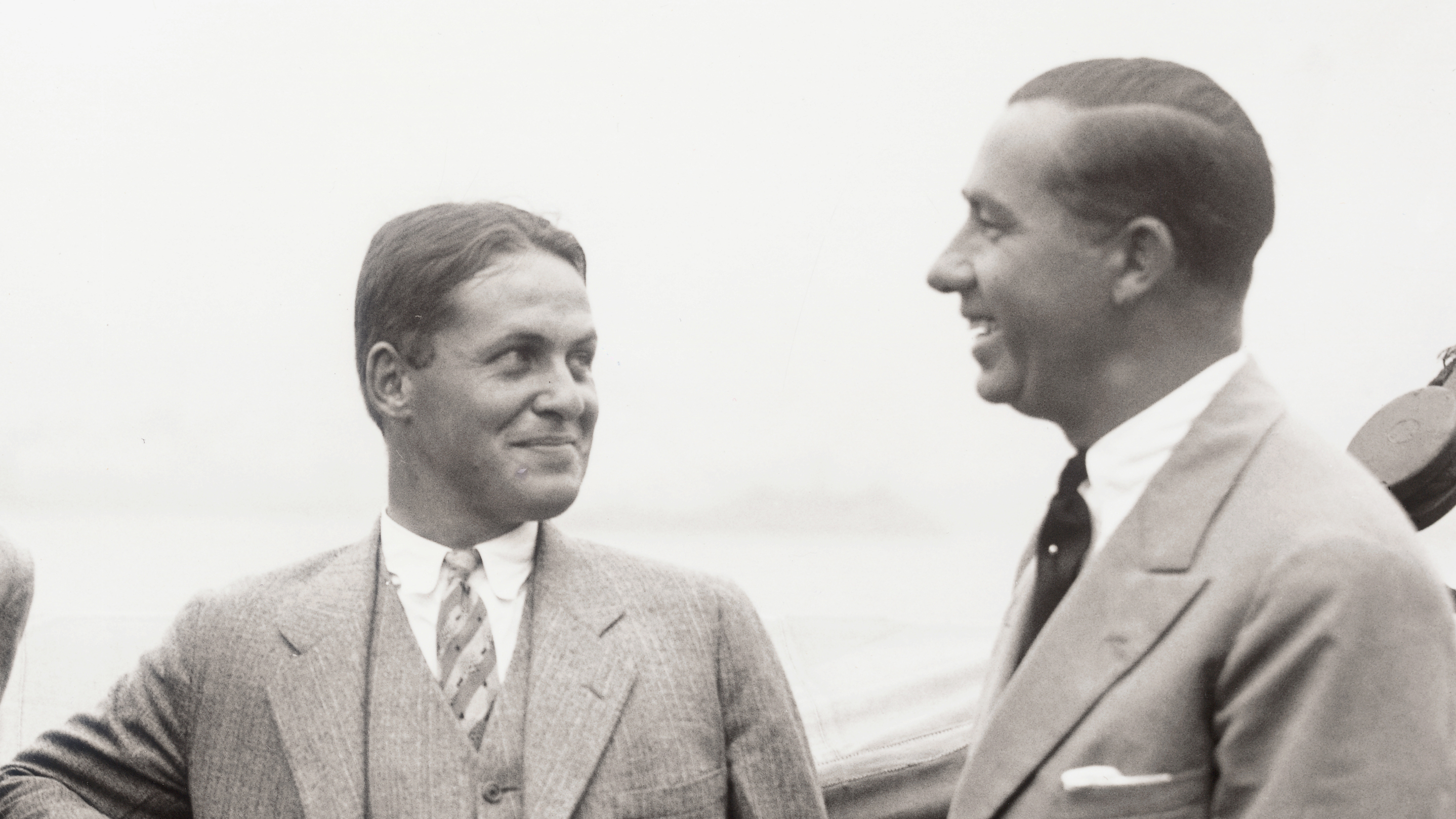 Quiz! Golf In The Roaring 20s – How Much Do You Know About Walter Hagen and Bobby Jones?
Quiz! Golf In The Roaring 20s – How Much Do You Know About Walter Hagen and Bobby Jones?Walter Hagen and Bobby Jones were the standout star golfers of the 1920s. How much do you know about their golfing careers? Test yourself with this quiz
By Fergus Bisset Published
-
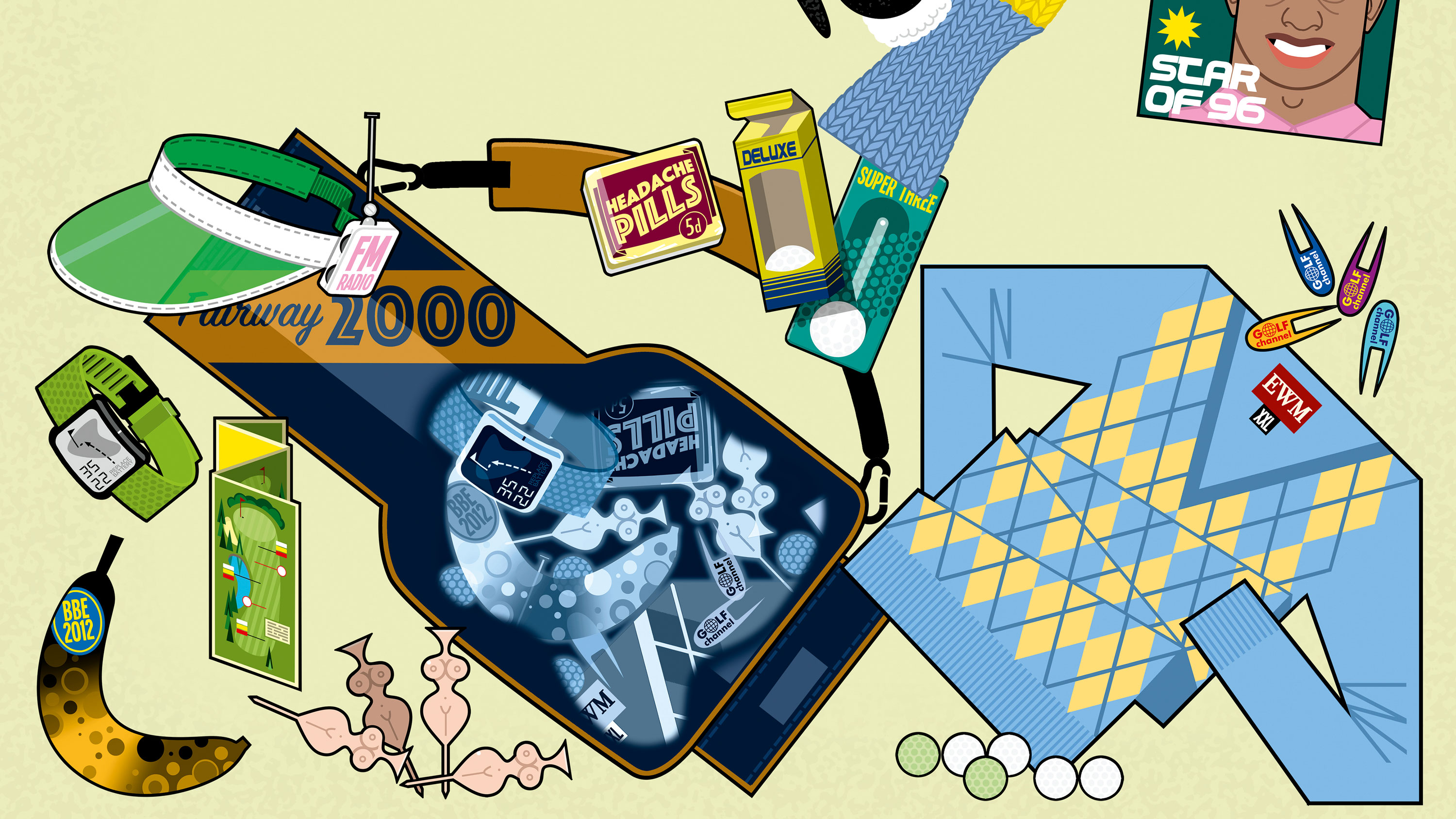 What Lies Beneath? The 8 Items You’re Likely To Find Buried In Golfers’ Bags
What Lies Beneath? The 8 Items You’re Likely To Find Buried In Golfers’ BagsGolf bags are home to balls, clubs and valuables, but there’s typically much more lurking in the depths that hasn’t seen the light of day in months or even years…
By Nick Bonfield Published
-
 'I Didn't Think I'd Walk Again... Now I Can't Think Of My Life Without Golf'
'I Didn't Think I'd Walk Again... Now I Can't Think Of My Life Without Golf'Double amputee Kushal Limbu recounts the day in Afghanistan that changed his life and tells how golf has been an integral part of his rehabilitation...
By Jeremy Ellwood Published
-
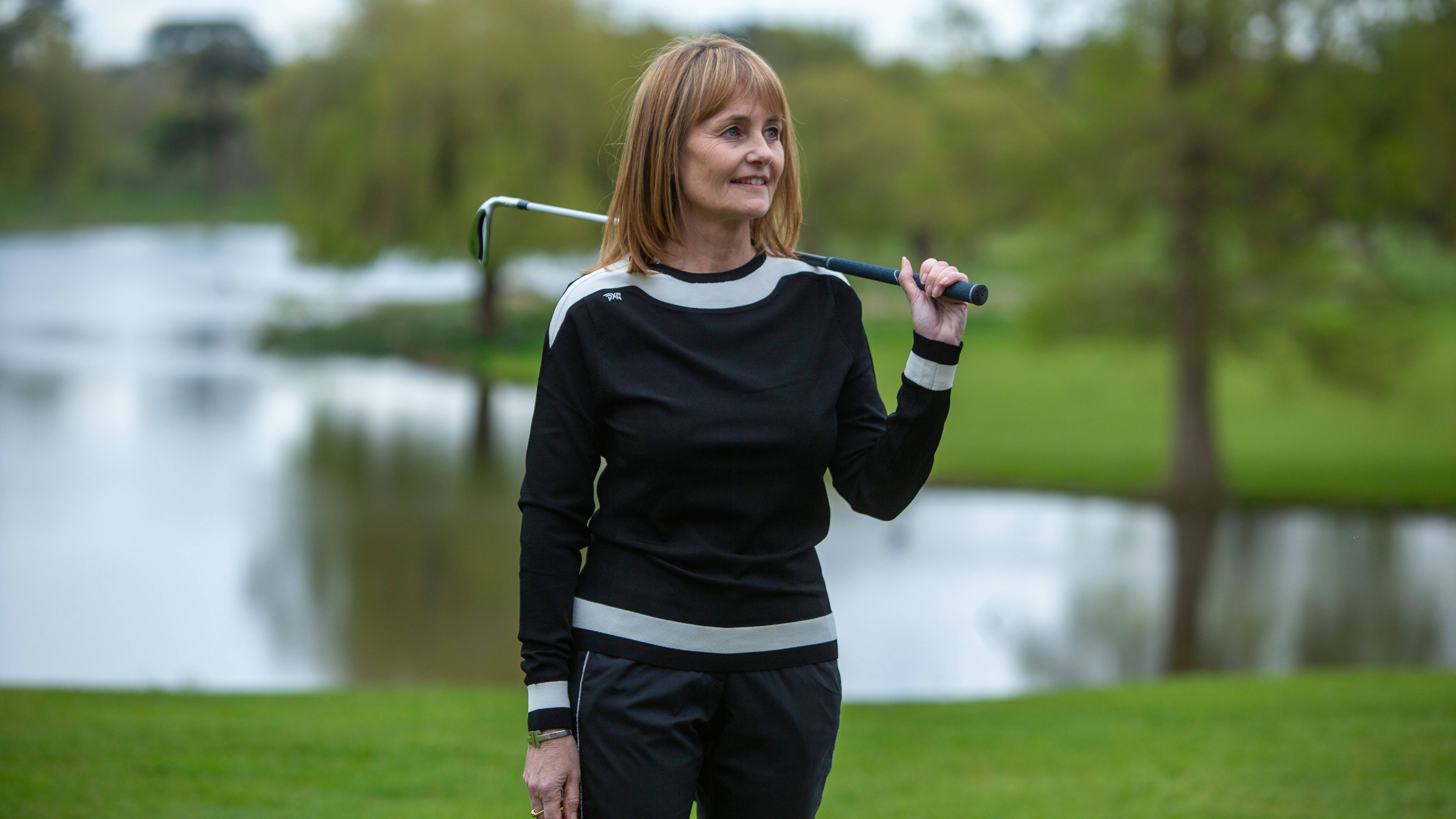 I Missed My Golf Club Membership So Badly (For Reasons That Might Surprise You) But I'm So Glad I've Rejoined...
I Missed My Golf Club Membership So Badly (For Reasons That Might Surprise You) But I'm So Glad I've Rejoined...Our Women's Editor Alison Root has rejoined a golf club and believes it is one of the best decisions she has ever made
By Alison Root Published
-
 How Far Did Old Tom Morris Drive The Golf Ball?
How Far Did Old Tom Morris Drive The Golf Ball?Old Tom Morris became a golfing legend in the second half of the 19th century, but how far could he hit the golf ball?
By Fergus Bisset Published